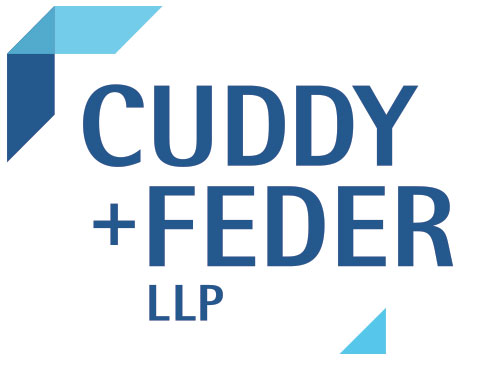This article first appeared in the Elder Law Journal Spring 2019 edition.
According to the Population Reference Bureau, the number of Americans ages 65 and older is projected to more than double from 46 million today to over 98 million by 2060. The 65-and-older age group’s share of the total population will rise to nearly 24 percent from 15 percent. Of that group, the majority want to remain at their home.
This is the first in a series of article on aging in place. We will explore some of the more interesting and promising models. What we have seen is that creativity and cooperation among public, private, and not-for-profit entities offer the best models for a long-term solution.
In this first installment, we will look at naturally occurring retirement communities followed by the Village Concept first developed in Beacon Hill.
Naturally occurring retirement communities (NORCs) are facilities that were not designed as senior communities but developed naturally into aging communities. The most famous and probably the first is Penn South in Chelsea, lower Manhattan. Originally, the International Garment Workers Union developed cooperative housing adding up to 2,820 apartments in 10 high rises. As the population aged out, social workers and staff at Penn South formed Penn South Program for Seniors. PSPS continues to function to this day with a combination of municipal and state agencies, as well as not for profit and private entities.
NORCs have developed across the country. New York first passed legislation to fund the NORC Supportive Services Programs in 1994. In 2002, Congress began to support the development and testing of NORC Supportive Services Programs.
By definition, a NORC is not a planned community. The concepts behind NORCs can be transferred to other models, including planned communities. NORCs, a model of aging in place with shares services and community support, are an early example of how cooperation among government agencies and not for profit agencies can combine their talents and programs to provide a greater benefit than either government or private agencies could without coordinated help.
The Villages developed on the model of the Beacon Hill Village, which was formed in 2001. Each Village is a membership organization designed to assist and encourage persons to remain in the community. The Villages is a grassroots, member-driven organization. According to their model, the Village community provides programs and services so that members can lead vibrant, active and healthy lives while living in their own homes and their own neighborhoods. Annual fees are modest (under $1,000) and often scaled back where necessary. The Villages offer social activities, referrals for services at a discount, including home health services, as well as some services at no cost.
The Villages (unlike NORCs) does not contract directly with governmental or private agencies to provide services to its members. Instead, the Villages makes referrals to vetted providers, often at a discount. These services include handymen, caterers, computer technicians, companions, money managers, home health care providers and geriatric care managers. Some offer discounts at gyms to encourage a healthy lifestyle. Transportation is also available at reduced cost.
Villages can provide social and cultural programming, including trips to museums and shows. The Villages can also bring in outside speakers.
The Village to Village network (vtvnetwork. org) formed in 2010, helps villages form and grow. Today, there are over 200 villages nationwide in 45 states and the District of Columbia. Among the core principles encouraged by the Village to Village network are the practice and principle of reciprocity and the intentional exchange of ideas, approaches, learnings and shared wisdom.

